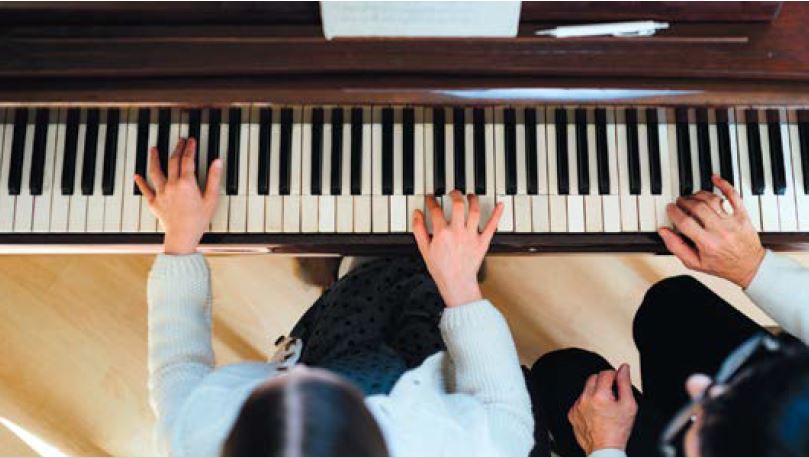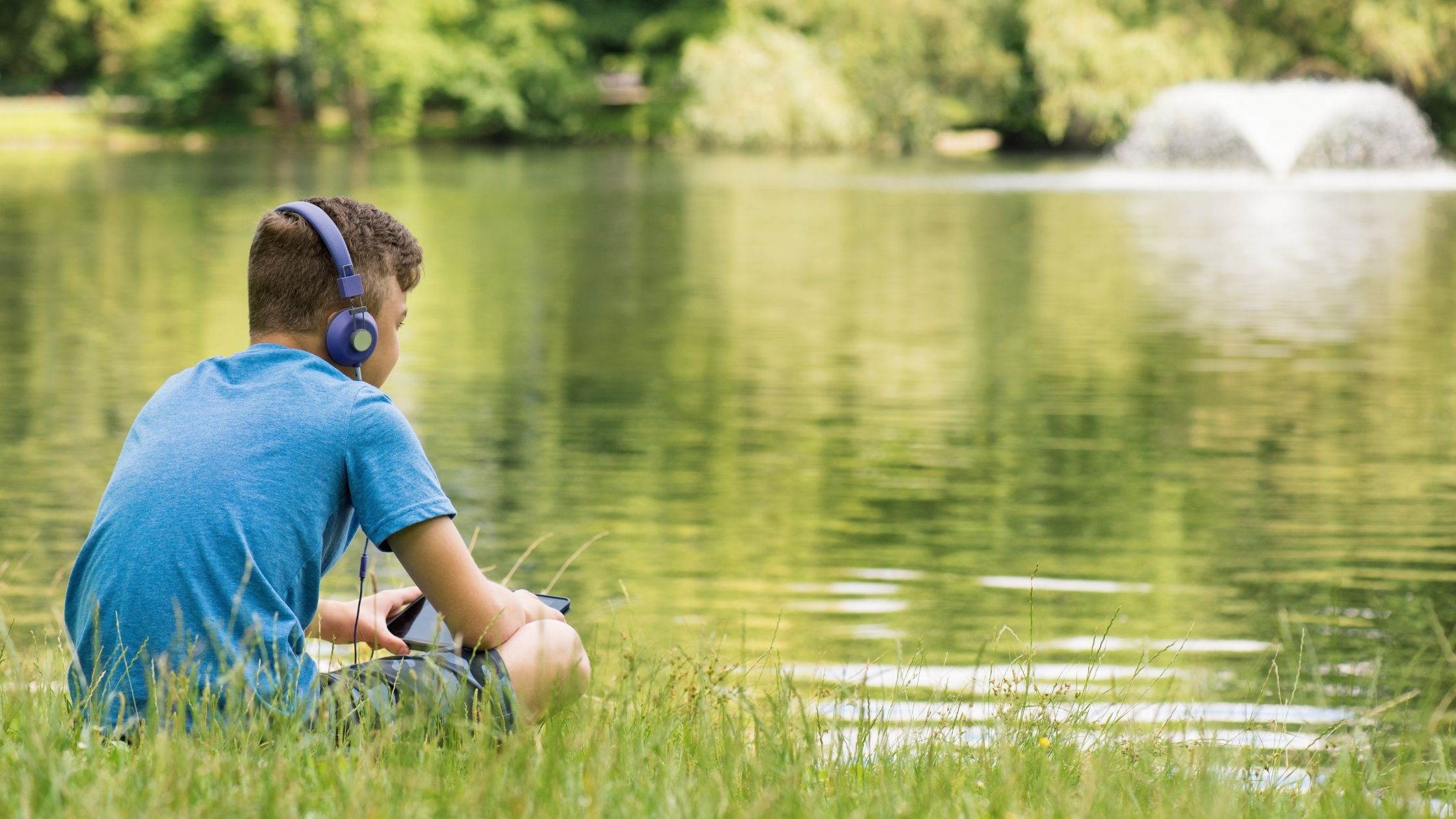The chatter is everywhere: A gap year — once considered a questionable, even risky path reserved for unsure seniors — is now a viable, respectable alternative to starting university course work.
In fact, a gap year seems to be an increasingly legitimate part of the American post-grad experience.
And yet, I never thought it would be something I’d want for my child. College after high school, my husband and I have said repeatedly as we’ve raised our kids, is not optional.
It’s not that we didn’t want to give our kids a choice. It’s just that secondary education seems to be an absolute and immediate necessity, a protection of sorts, to give our kids the best chance at making the most of their dreams (or really just making it).
We found our way
Then again, I made my own path. I graduated from a small mountain high school that didn’t exactly point me in the direction of collegiate advantage. I knew, at just 17, however, that I wanted to go get a college degree, even though it was up to me to find a way to do it — and pay for it.
I completed a year and a half of community college while working two jobs to finance my tuition and my living expenses. After that, I was exhausted, and I decided I needed a semester off. So I took it. (Shhh. My parents still don’t know.)
After that, I applied to a small liberal arts college and finished my degree, even fitting in a semester abroad. I think what I’m most proud of is making it through that journey of persistence.
My husband had a similar experience. After a semester at a university, he went on to pursue a six-month cultural experience on a small island chain in the South Pacific. It made a big impression on him. Upon his return, he pursued his degree — and earned honors all three years.
In his words, he had grown up a bit and was ready.
We each found our way on a path that was meant for us.
There’s a great book that I would encourage parents of high schoolers to get their hands on: Where You Go Is Not Who You’ll Be: An Antidote to the College Admissions Mania.
In it, the author describes in detail the post-secondary choices and educational paths of politicians, executives and recent college graduates who ended up being successful in their careers. In many cases, those with elite university degrees ended up in the same places as their contemporaries from smaller, lesser-known colleges.
There’s a gap for that
Our son is a high school senior this year. As I’ve watched him navigate the pressures at a high-performing high school — 90 percent of the kids are college-bound — my perspective on a year “off” has changed a bit.
Mostly, I’ve been thinking about how academic stress has shaped his life. He’s had to work much harder than I did, and he’s been measured by far stricter standards.
I see how this stress has tried him and tired him. I’ve come to terms with the fact that maybe a six-month or yearlong gap may be the best education he could get.
See, the modern version of a gap year, increasingly being called a bridge year, isn’t time to sit in front of an Xbox or glued to Netflix.
It’s a year of organized gap-year experiences.
Geared toward academics, adventure, community service, environmental conservation, internship/work experience, travel/culture and spirituality, gap-year programs are designed to kick-start the journey into adulthood, not delay it.
Gap veterans say the point isn’t a year of slacking, but rather a life-changing time of strategic exploration, reflection and, ideally, maturation.
Instead of taking freshman comp, your kid could tag sea turtles in Costa Rica, do an internship at a Buddhist studies center in France or build classrooms, teach and travel throughout East Africa.
Afterward, your kid might know not just what he wants to major in — but why.
Advocacy and options
During the past 10 years, the concept of an experiential gap year has gained popularity in the U.S. — and universities have come out in support of the practice as well, including Ivy League institutions.
Gap years aren’t just popular among wealthy families, however, according to the service-oriented gap program known as Global Citizen Year, which sends “bold high school grads” to Brazil, Ecuador, India and Senegal.
Though most gap programs worldwide are geared toward kids in other countries (where the practice of gap years is more popular), USA Gap Year Fairs are U.S.-focused and bring together “reputable gap year organizations,” to meet with students and parents. Earlier this year, Groves Academy in St. Louis Park hosted one of the organization’s fairs. A related Gapmatcher app helps connect kids with their ideal gap programs.
The U.S.-based Center for Interim Programs, founded in 1980, offers gap-year counseling. And the nonprofit American Gap Association, an accreditation and standards-setting organization for gap years, also provides a list of programs.
Gap-year advocates say the average investment in college is too great to enter into without first growing up a bit, rather than going directly into — as one Global Citizen Year student put it — “the 13th grade.”
The ins and outs
Did you know students can get accepted into the colleges of their choice — and their colleges can hold their spots open until they return from their gap-year programs? (After being accepted at Harvard, Malia Obama famously took a gap year that included international and domestic enrichment programs. Barack and Michelle Obama moved her into a Harvard dorm room this past August for the 2017–18 school year.)
And did you know a gap year can be pursued midway through college or even after graduation?
Most gap programs are looking for 18- to 22-year-olds. If this is something your kid is considering, be sure to read the fine print and don’t act last minute.
These days, high-school counselors can help your kid look not just at college options, but also gap-year programming.
Above all, I think it’s important to also seek out people’s stories — family friends, neighbors and colleagues — with your 16- or 17-year-old. Trust the values you’ve raised your children with (and their special wiring) as you look at all the available choices.
Now that a gap year isn’t totally on the naughty list, I feel I can relax a bit as my son makes this decision.
It’s almost like I’m giving him a choice after all.
Jennifer Wizbowski lives in Excelsior with her husband, and daughter and son, ages 14 and 17. Send comments, questions and story ideas to [email protected].
Minnesota Parent may earn a small commission for my endorsement, recommendation, testimonial, and/or link to any products or services from this website.




















